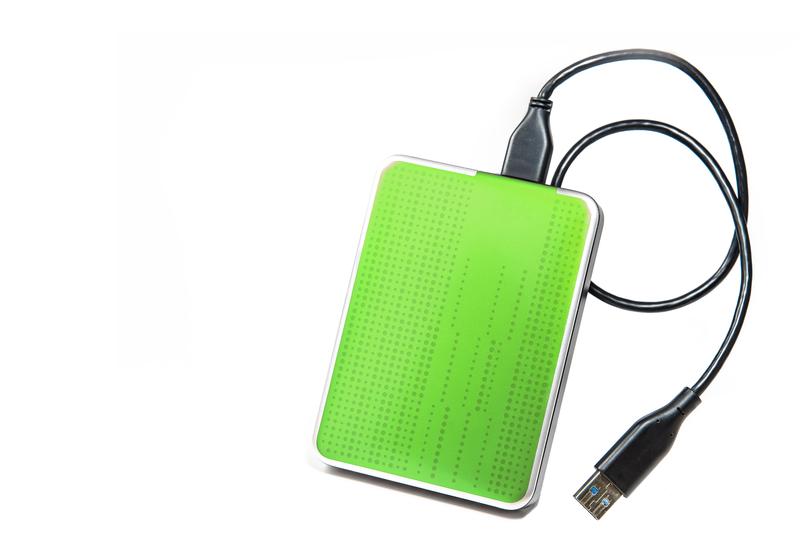

- My passport for mac connect to tv how to#
- My passport for mac connect to tv pro#
- My passport for mac connect to tv tv#
- My passport for mac connect to tv free#
If you own a host of existing USB storage, this could be a cheap and easy way to cobble together a wireless-drive equivalent without actually buying one. Most also let you pass your Wi-Fi connection through the device, so it's possible to maintain wireless Internet access while remaining connected to the drive.Ī related wireless-drive paradigm is the excellent and flexible Kingston MobileLite Wireless, which acts like a wireless drive without the hard drive, letting you turn any USB key, USB hard drive, or SD card into a wireless storage drive. Most of the drives profiled below are, at their heart, mobile hard drives in an external chassis, equipped with a battery for on-the-go operation. We've looked at a bunch of models on the market, of different paradigms, even including one solid-state (SSD) model from WD, using fast NAND memory inside. As you might guess, platter-drive-based models offer far more gigabytes for your dollar, but the flash-based ones are better able to survive jostling and bumps while operating. Some wireless drives employ flash memory, but most use standard 2.5-inch platter hard drives inside, the same kind of compact drive mechanism used in laptops. (You access the content, or transfer it to and fro, using vendor-supplied apps.) Plus, they'll also work with ordinary PCs equipped with a wireless connection, so you can pair the drive with your laptop over wireless-or you can just use a USB wired connection, like you would with an ordinary external drive. (Forget about that if you own an Apple i-anything they're all slot-less.) One of the wireless drives profiled here can come in handy if you want to, say, carry a library of movies on a trip to watch on a phone or tablet, but don't have the room in its local storage. Most tablets and phones come with just 32GB, 64GB, or 128GB of onboard storage, with, if you're lucky, a little wiggle room for expansion via MicroSD card. Yes, they let you back up precious content from devices that don't typically take a direct data-cable connection, but they can also act as storage extenders and streaming-media sources for your tablet or phone. Note that portable, wireless hard drives are not just for backup. But if you take lots of video or photos with your mobile device, and you would be crushed to lose it all were the device stolen, broken, or dipped in the sea, you need a backup plan. Now, if you have your tablet or smartphone configured to auto-upload your created media to the cloud or share it with your social-media accounts, maybe you don't need to worry. If you're like too many of us, the answer is "nothing." And, just like any other bundle of bits you may have created on a desktop or laptop, our first question is the age-old one: What are you doing to back it all up? Holding up a tablet at a wedding or party to take snapshots: fair game, or just lame? The etiquette jury's still out on that score, but wherever you fall on the issue, we bet you've used your tablet or smartphone to create photos, videos, data, or files you just can't replace.
My passport for mac connect to tv how to#
How to Get Started With Project Management.
My passport for mac connect to tv free#
How to Find Free Tools to Optimize Your Small Business.How to Set Up Two-Factor Authentication.How to Save Money on Your Cell Phone Bill.How to Free Up Space on Your iPhone or iPad.
My passport for mac connect to tv pro#
My only concern here is that I have a 256 GB iPad Pro only of which 164 is available. Of course it will take about a month or so to upload 900 GB to iCloud But this way I have access to all of the content for not that much more money each month. I’m sure Apple will allow for external hard drives to be compatible with iOS soon.
My passport for mac connect to tv tv#
So what I could do is put all my ripped media in icloud and then download it locally though VLC and play it through the VLC app and then use screen mirroring to the Apple TV to play it on the big tv - of course there’s a lag and the quality is not great, but it might work alright. I’m thinking hard about going up to 2TB, which is 69 Danish kr a month or $10,5 a month, which is not that bad actually. Right now I’m on a 200GB iCloud Drive plan and I’m using 122 GB of that currently. Once I let go of my Mac, then all that content will not be accessible.

I have 900 GBs of ripped media in the form of movies and tv shows. Only thing is, VLC copies the file to my local storage on the iPad Pro, basically creating duplicate files between the local storage and iCloud Drive.


 0 kommentar(er)
0 kommentar(er)
